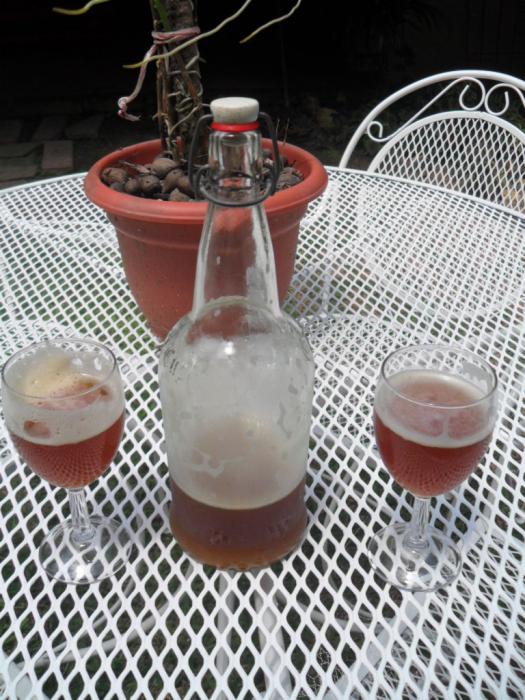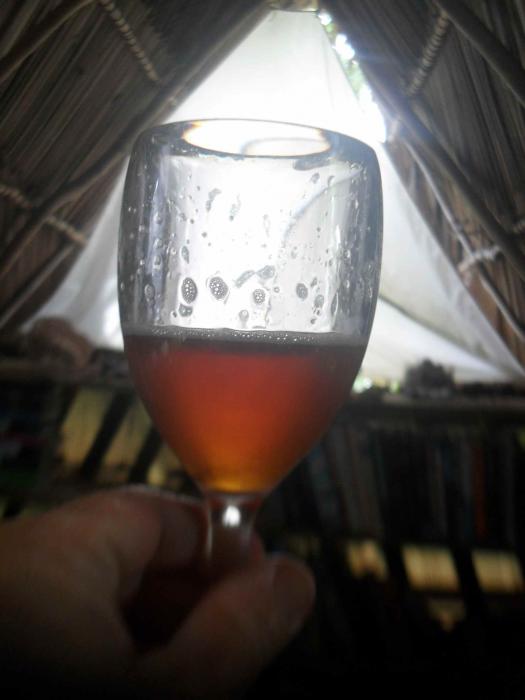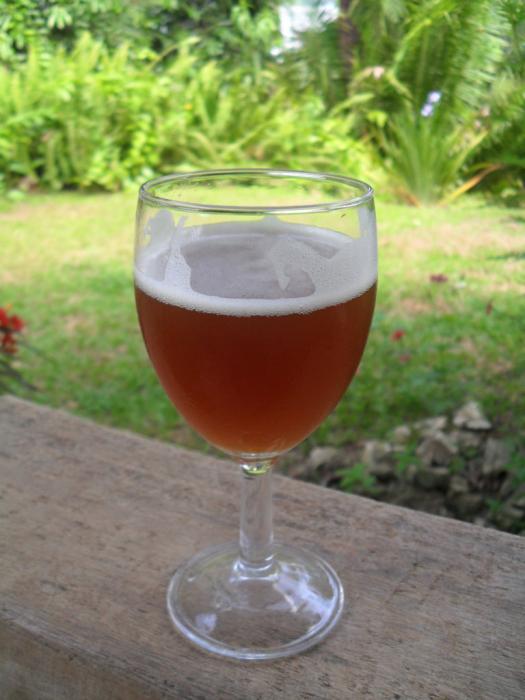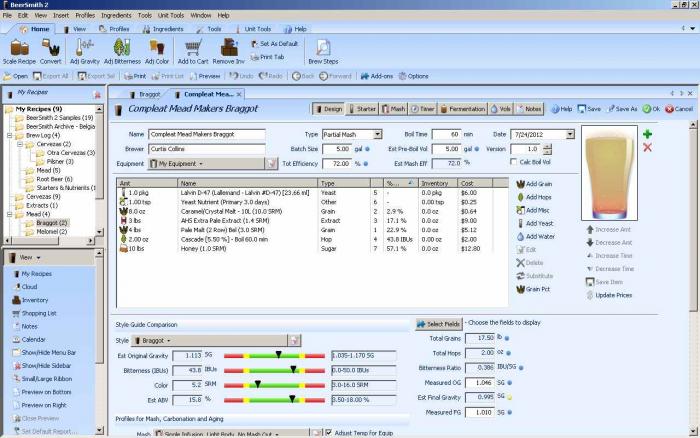rickprice407
Well-Known Member
Although I've been brewing beer for awhile, my son and I want to try a Braggot. We've seen a lot of guidelines and some recipes and will probably use an American Amber for the base style.
All of my research left me with a couple of questions:
First - I read that in order to be a braggot, 51% of my fermentable sugars needed to come from honey. Although I've seen recipes that are figured in percentages, I'm unsure of how they arrive at those numbers and would appreciate any help in that area.
The other question dealt with process. Many have the honey being added at the end of the boil. Is this correct and if so why?
Any help would be greatly appreciated.
Rick near Atlanta
All of my research left me with a couple of questions:
First - I read that in order to be a braggot, 51% of my fermentable sugars needed to come from honey. Although I've seen recipes that are figured in percentages, I'm unsure of how they arrive at those numbers and would appreciate any help in that area.
The other question dealt with process. Many have the honey being added at the end of the boil. Is this correct and if so why?
Any help would be greatly appreciated.
Rick near Atlanta















![Craft A Brew - Safale S-04 Dry Yeast - Fermentis - English Ale Dry Yeast - For English and American Ales and Hard Apple Ciders - Ingredients for Home Brewing - Beer Making Supplies - [1 Pack]](https://m.media-amazon.com/images/I/41fVGNh6JfL._SL500_.jpg)














































